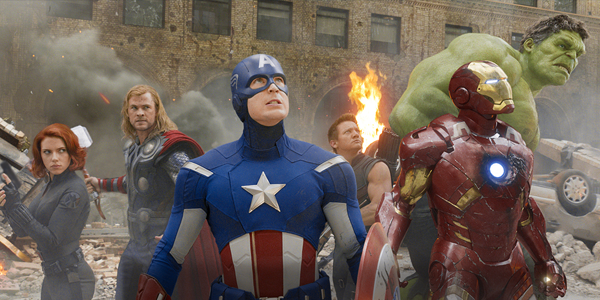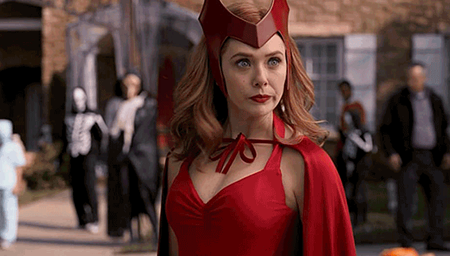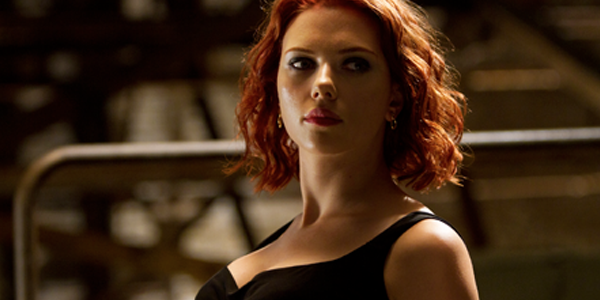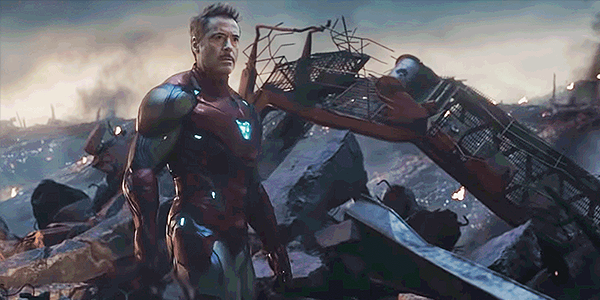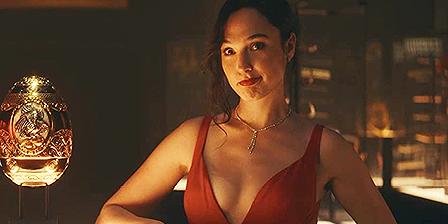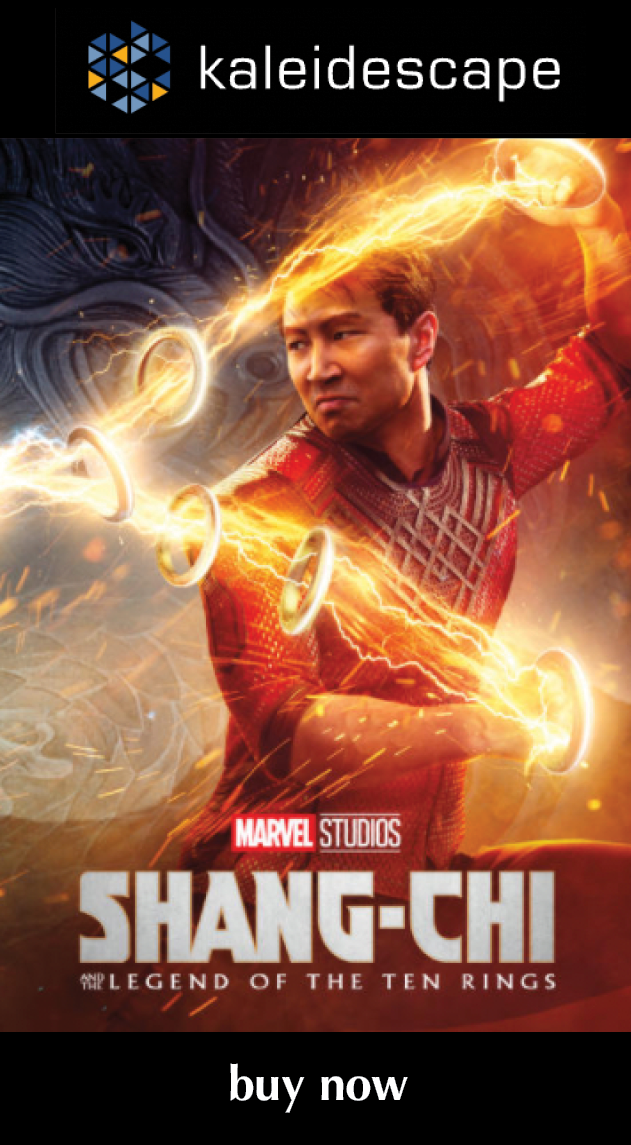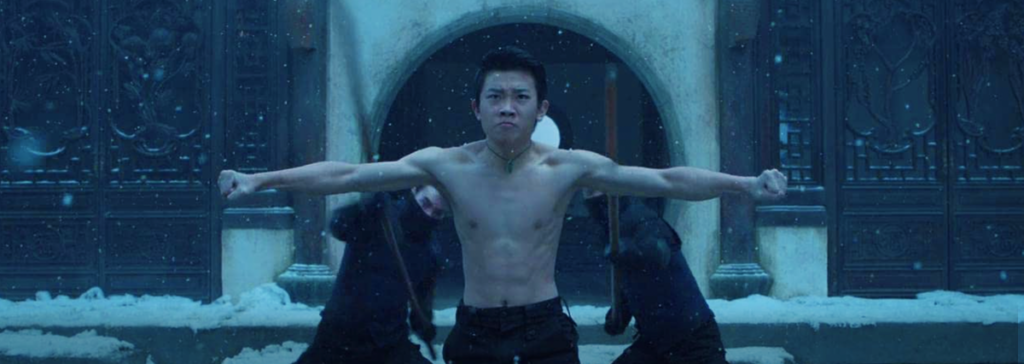
review | Shang-Chi & the Legend of the Ten Rings
the MCU on Cineluxe
recent articles
Disney’s reach-out to Asian audiences is entertaining enough but doesn’t quite click as either an MCU entry or an action film
by John Sciacca
November 13, 2021
I imagine there are two types of people who saw or are considering watching Shang-Chi and the Legend of the Ten Rings—those who were avid comics readers familiar with the history of the character, and then the other 99% of the population that just wanted to see how this was going to fit into the fourth phase of the MCU—initially kicked off by the Disney+ series WandaVision and followed-up with Black Widow—and just wanted to see another big spectacle superhero film.
I was firmly in the second camp, and went into this knowing absolutely nothing about Shang-Chi. I was at least interested in the casting of Simu Liu in the lead, as my wife and I are big fans of the Netflix series Kim’s Convenience, where he plays Jung. (Seems that Liu can’t break free from his ties to the auto industry, as he works at a rental car agency in Kim’s and as a valet in Shang-Chi . . .)
After the massive success of Black Panther, you can certainly argue Disney is trying to be more inclusive with its films, breaking away from the traditional white male superhero. This is the first Marvel film to feature an Asian director (Destin Daniel Cretton) and a predominantly Asian cast, and following on the live-action Mulan remake, and then the animated Raya and the Last Dragon, Shang-Chi completes the outreach cycle.
Having said that, it didn’t feel like it is pandering or trying to shove culturally-appropriate images or messages down your throat, at least not to this outsider. The film feels organic in the way it presents things, whether it’s the family having breakfast, talking about the Asian culture’s emphasis on education or respect for family, or if the action is taking place in San Francisco—which has a large Asian population—or Macau.
The film also does what it can to tie into the larger MCU, even though it really takes place outside any of the action we’re familiar with, and doesn’t feel too connected to that larger universe. The “blip”—where Thanos wiped out half of the population in a finger snap before Iron Man brought everyone back—is referenced, Dr. Strange’s companion/assistant Wong (Benedict Wong) has a small role, and we see the return of Trevor Slattery (Ben Kingsley), who was last seen as the faux baddie Mandarin in Iron Man 3, who also references his time in prison (covered in the Marvel short All Hail the King). And, of course, we have the now-obligatory Marvel mid- and end-credits scenes that really try to flesh out the franchise, as well as set up additional installments in the MCU.
As an outsider to the story, the film’s opening minutes are a bit of an information dump where it attempts to bring you up to speed on the legend, history, and power of the Ten Rings and how they grant the wearer the strength of a god and endless life. After centuries of living, toppling governments, and changing the course of history, Xu Wenwu (Tony Chiu-Wai Leung) learns of Ta Lo, a hidden village with mythical creatures and ancient magic. While trying to gain access to Ta Lo through a magical forest, he falls in love with one of the city’s guardians, Ying Li (Fala Chen). They ultimately have a child, Shang-Chi (Liu), who has changed his name to Shaun and is now living in San Francisco where he works as a hotel valet with his friend Katy (Awkwafina).
One day while riding a city bus, Shaun is attacked by an unusual gang and despite putting up a heroic fight, the jade pendant given to him by his mother is ripped from his neck. He believes his sister Xialing (Meng’er Zhang) is also in danger, so he heads to Macau with Katy to find and protect her.
Throughout, we learn of Shang-Chi’s background, his training, the fate of his mother, and his and Xialing’s relationship with their father. Ultimately Shang-Chi, Xialing, and Katy are all reunited with Wenwu, who is still searching for Ta Lo, but feels he has finally learned the secret to discovering the hidden city’s location.
There is a lot of hand-to-hand martial arts-style fighting, but the varied locations and participants help keep it interesting and from seeming too repetitive. The choreography is also hyper-fast, kinetic, and pretty inventive. While there is some Wuxia-style fighting, it doesn’t lean too heavily on this or ever feel Crouching Tiger-esque, though it certainly leans heavily into its mythical creatures bent at the end.
I’m an Awkwafina fan, but her wise-cracking sidekick role here, where she’s used to bring some comedic relief to almost all of her scenes, ran a little thin. In some ways, she felt a bit like her Sisu water dragon character brought-to-life in human form from Raya and the Last Dragon.
Shot in Arri at 4.5K, this transfer is taken from a 2K digital intermediate, and it certainly looks clean, clear, sharp, and detailed throughout. There are some shots showing Wenwu and his Ten Rings army and the Tan Lo army wearing different uniforms, and the fine detail and texture in their armor is evident. Closeups also show loads of detail in other fabrics and garments, as well as extreme facial detail, letting you see the difference in skin texture and smoothness. While the most detail is in the tight shots, longer shots can hold their own as well. Notice the tight line structure in the tile, stone, and thatch building roofs, or the clarity of leaves in bamboo forest.
The HDR grade gives the images plenty of shadow detail and a lifelike quality, but with plenty of pop and highlights when needed. Car headlights at night are appropriately bright as they pierce dark roadways, or the electric glow surrounding the rings and other weapons, or some fiery, golden lanterns set out to float. Notice early on the white-on-white detail in an outfit worn by Wenwu. Even though it’s very similar shades of the same color, we still get plenty of detail, texture, and pop instead of it just being a white smush.
We also get plenty of color pop, whether it’s the bright, vibrant greens in the forest, the hot reds of the valet vest uniforms, or the gorgeous, varied colors of neon lights in nighttime Macau. There are also several scenes lit with beautiful warm golden lighting. Throughout, the film really just looks great, and is visually vibrant and engaging.
One of the real benefits of watching on Kaleidescape is the lossless Dolby TrueHD Atmos soundtrack compared with the lossy version supplied to streaming providers. Disney has been slagged for many of its recent home soundtracks, and I found it a little lacking at first, especially on the low-end dynamics. But after bumping the volume by 5 dB over my typical listening level, it returned a lot of the impact, particularly with the bass, which developed some tactile moments with the increased levels.
There are certainly some immersive elements but I found this to be a fairly front-centric mix, especially compared to a lot of modern titles. We do get some atmospheric moments like the sounds of swirling winds and leaves or noises inside clubs or traffic sounds. The mix kicks into higher gear during the many combat scenes, such as a spear-weapon that Xialing throws Scorpion-from-Mortal Kombat-style that whistles through the air and chunks into the side walls, Wenwu battling men around the room, the shouts and melee during training and combat, or a bus careening all over the room.
I didn’t notice nearly as much height activity as expected from such a big action film. Music definitely uses the height speakers for a big expansive, room-filling mix, and there are other moments, like soul-eaters flying overhead, or a booming voice beyond an armored wall, or the creaking and groaning of bamboo moving in the forest, but this certainly wasn’t as dynamic as Black Widow.
I’ll be honest—Shang-Chi and the Legend of the Ten Rings was just OK. It was fun to watch, looked great, the fight scenes were dynamic and visually interesting, and the actors—particularly Leung, who brings some real depth to the villain character—did a fine job, but the story itself felt a little thin. And, ultimately, it just didn’t feel like a Marvel movie. But with a Rotten Tomatoes score of 92% and an Audience Score of 98%—the highest combined score of any film in the MCU—it seems like I’m in the minority here, and perhaps my opinion will change on future viewings.
Probably the most experienced writer on custom installation in the industry, John Sciacca is co-owner of Custom Theater & Audio in Murrells Inlet, South Carolina, & is known for his writing for such publications as Residential Systems and Sound & Vision. Follow him on Twitter at @SciaccaTweets and at johnsciacca.com.
© 2025 Cineluxe LLC


